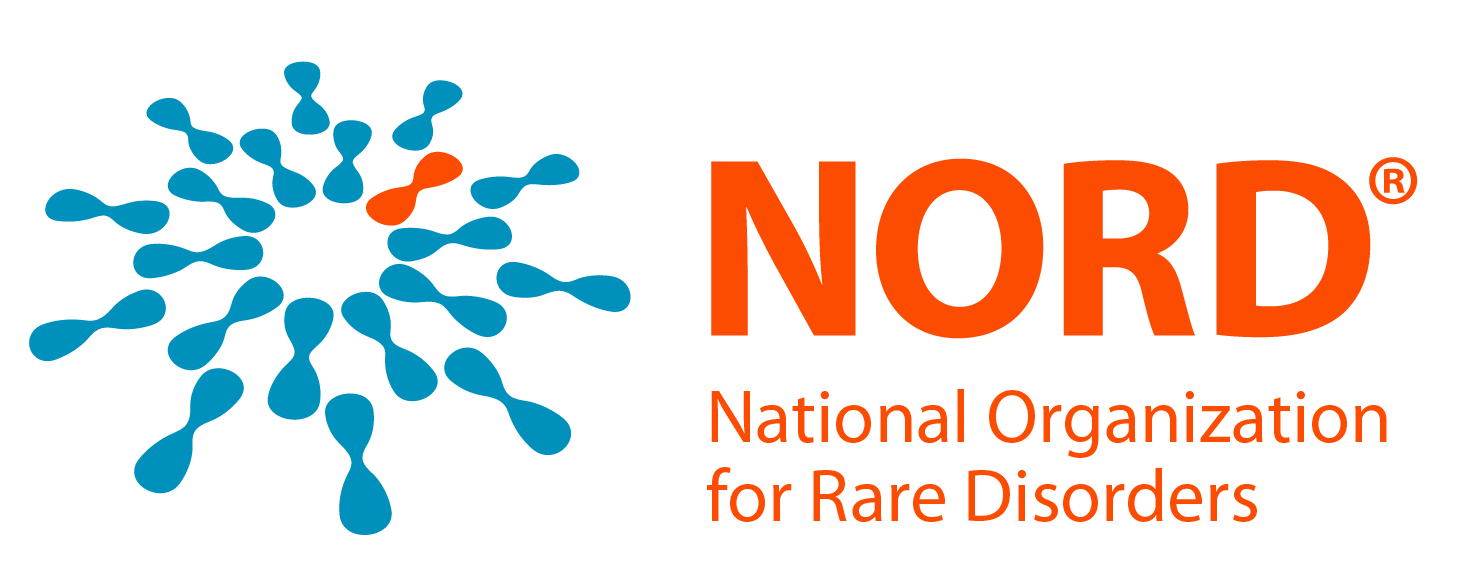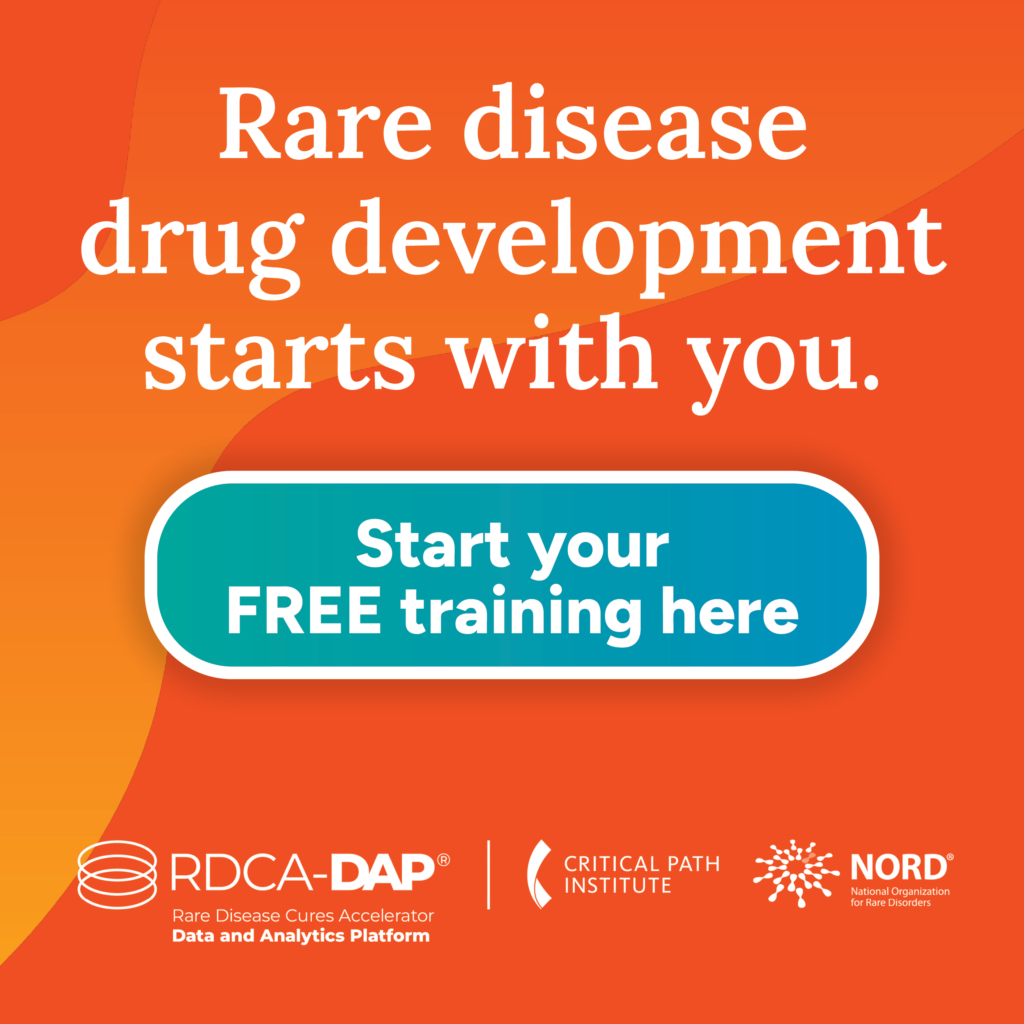As Shannon tells her story, she starts with “we.” Shannon was born with a twin sister, Lauryn, who at twenty days of age contracted meningitis and was later diagnosed with cerebral palsy. She spent countless hours in the hospital alongside her sister, as she fought against the complications that arise with cerebral palsy. When Lauren passed at the age of eight, Shannon knew that her calling was to work in a hospital, where she spent so much of her childhood.
As a high school student, Shannon found a passion in athletics. She took to dance, basketball, soccer, and track, but always found herself dehydrated and sick after games. Constantly stricken with pain, she sought help from nephrologists. Through an ultrasound, they found that her renal vein was situated behind her aorta instead of in front. This misplacement of the renal vein is the defining characteristic of Nutcracker Syndrome (NCS), also called left renal vein entrapment. In NCS, the spinal cord and aorta compress the renal vein, causing internal bleeding, congestion in the abdomen, and poor circulation to the kidneys and rest of the body.
The question was where to go after this diagnosis. Her doctors had never seen anything like NCS. Shannon then traveled to the Mayo Clinic, where she underwent the first decompression surgery of its kind. Thankfully, the surgery was successful, but it left her in constant pain- just in time for her first year of college. That first year as a college student tested her faith, but she persevered. She could always think back to Lauryn when she needed the motivation to find the answer for her pain.
When her surgeon told her that her renal vein was again closing off, she was extremely worried that she would have to undergo the horrible repercussions from surgery. Fortunately, her surgeon thought that a much simpler stent procedure would significantly improve her blood flow. After surgery, Shannon was still in pain. But later that same year, her surgeon met a patient with the same disorder. The new approach that her surgeon had tried, where he placed two stents rather than one, was much more successful. Hopeful, Shannon underwent her third surgery this past July and she has not looked back since. Shannon is finally able to eat and feel like a normal person again.
As a rare disease advocate, Shannon has started a non-profit organization called Bella Soul, which aims to help college students like herself confront chronic illness, disability, and disease.
To hear more about Shannon’s story, please visit her website, Bella Soul.




